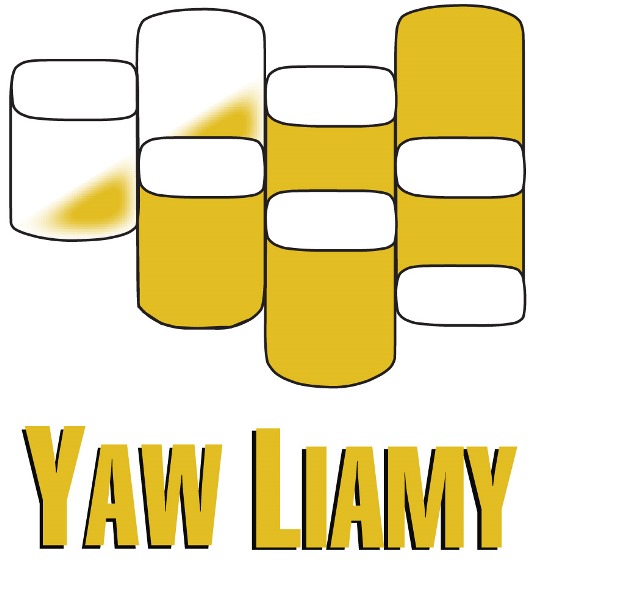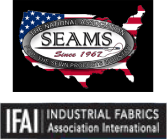Latest Posts
- Part 1 of 4 Series - Bow to Stern: Metal and Plastic Hardware Posted: 3/20/2019
- FR Treatments Explained Posted: 3/20/2019
- What is a DWR Treatment? Posted: 3/20/2019
- What Is Elastic and When Should You Use It? Posted: 3/20/2019
- Hook and Loop for Orthotics and Prosthetics Posted: 3/20/2019
Printable Industrial Fabric for Outdoor and Indoor Use
Posted: 1/3/2017
By: Collin Barnwell

So you have decided to open up a large-scale print shop? Fantastic! The equipment is in place, employees are hired, and you are almost ready open up shop… but what about your fabric? Where did it come from? What material is best for your style of printing? Do you have enough on hand for a LARGE order?
This article will look at the different processes for adhering an image to your industrial fabric and some pitfalls you will want to ensure you avoid.
Fabric Dyes - Water-Bath vs. Print Paste
Let’s start off by understanding how the dye used for printing on a fabric is different from the dye used to color a fabric. To color a fabric, the fabric must be dipped into a water bath solution containing the dye. The fabric is then removed and allowed to dry while the color sets. When printing onto a piece of fabric, the dye must be be thickened with gums or starches to prevent the wicking or flowing of the print design. The thickened solution, about the consistency of heavy buttermilk, is called the print paste.
Many dyes cannot be used in printing pastes. Some of the reasons include insufficient solubility, low colour yield and poor print paste stability.
Popular Industrial Fabric Printing Processes
While there are several different printing process, there are three methods which are widely used in the industrial / commercial market: roller print, heat transfer, and screen print (hand, automatic, and rotary). Below is a chart outlining the advantages and disadvantages of each printing method.
| Approximate Production Time |
Advantage | Disadvantage | |
| Roller Print Printing | 6,000 yards per hour | Can produce large quantities in short time | Highly time consuming to change pattern |
| Heat Transfer Printing | 400 yards per hour | Easy to perform | Limited to certain fiber classes of fabrics |
| Hand Screen Printing | 75 yards per hour | Low quantities per order | Highly time consuming task, one color at a time |
| Automatic Screen Printing | 500 yards per hour | Capable of quick production times with low quantities | Non-continuous method |
| Rotary Screen Printing | 3,000 yards per hour | Continuous method, large production | Image pattern must be simple in design |
Protecting your Print
Whether your print is a business banner, and commercial flag, or a interior sign; there is nothing more disheartening than seeing your fabric deteriorate. You can help preserve your printed fabric by following these guidelines:
- If installing a banner outdoors, be sure to securely install the banner and make sure the banner has been pulled tight.
- Keep your print looking new by taking it down before a storm with winds in excess of 35 mph.
- Use water and a mild detergent when cleaning. Avoid harsh cleaners and solvents that might damage the fabric.
Printable Industrial Fabrics from DirecTex
DirecTex carries a full line of industrial roll fabrics that are used for an array of applications. Currently, our most popular styles that customers are using for print applications are:
- 70 Denier Polyester - Y67019
- 600 Denier Lazer - YLAZER
- 600 Denier X 300 Denier Polyester - Y6030
- 600 Denier Excel - YEXCEL
- 1000 Denier Dynamite - YDYNAMITE
- Banner Knit - YBANNERFABRIC
Still have questions?
Contact our customer service department and we will be glad to help! [email protected]
Resources:
See this article on Textile Printing from Textile Basics




